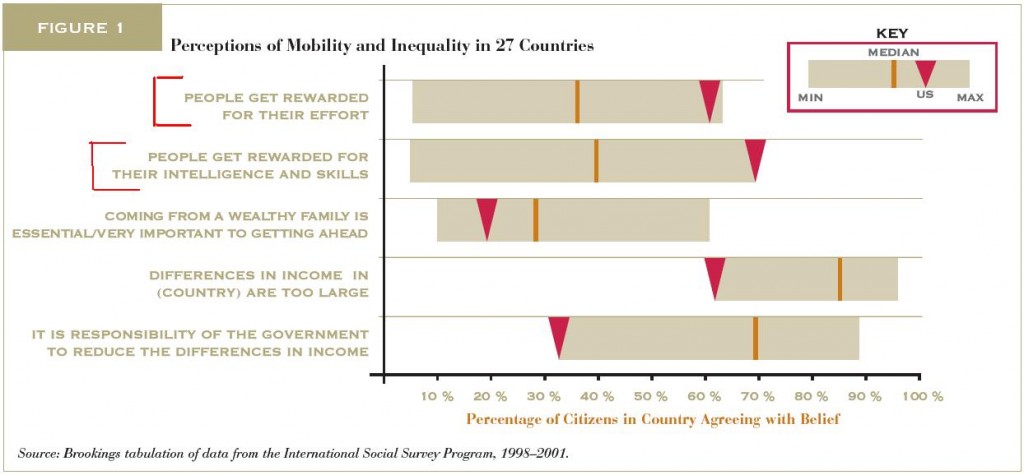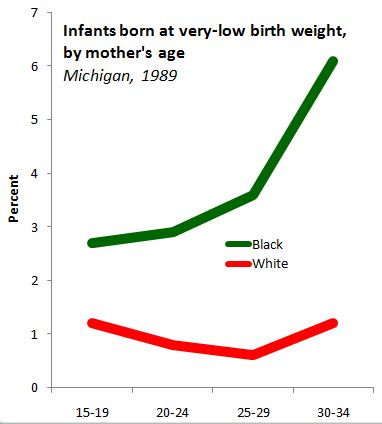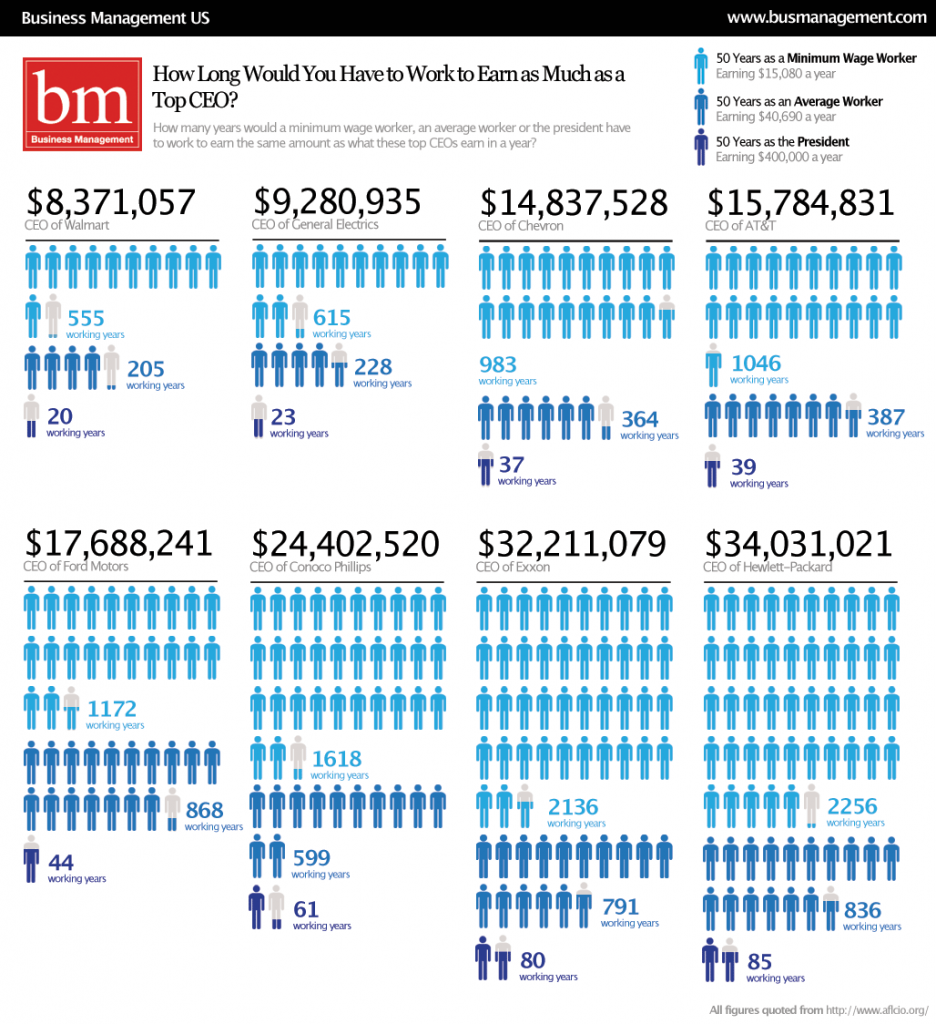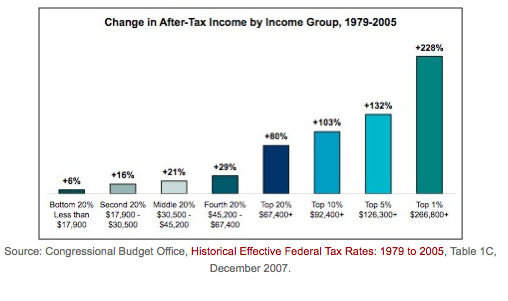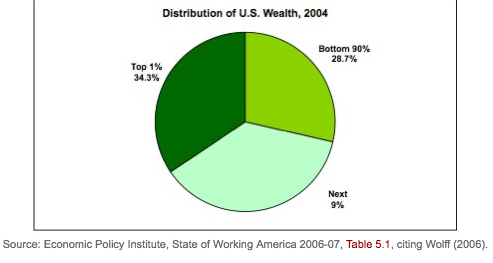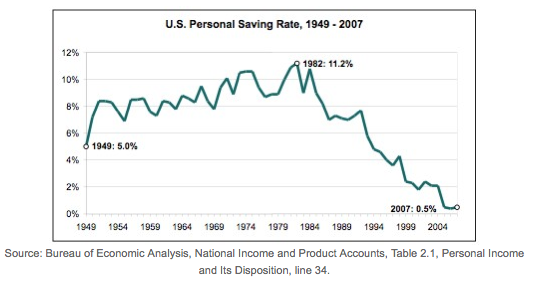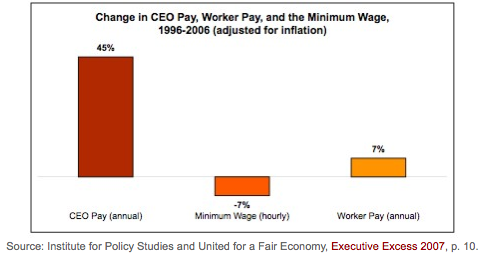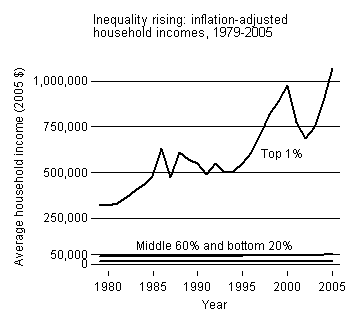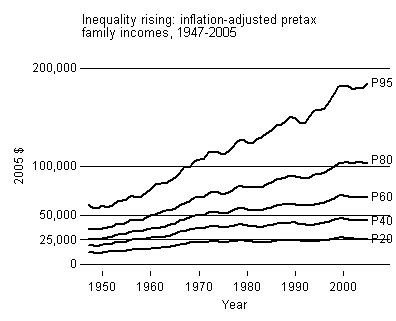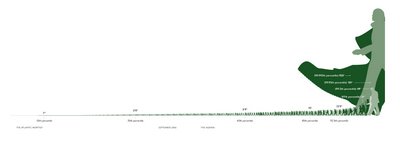The figure below contrasts the average U.S. response to various questions measuring perceptions of mobility and inequality with the average response of 27 comparison countries (from the International Social Survey Programme). In other words, how far from the mean are U.S. citizens’ beliefs about life chances and the value of social inequality? The pink triangle is the U.S. and the orange line is everyone else. It’s a bit difficult to read (click to enlarge), so I’ll describe the data below.
- About 62% of Americans think that “people get rewarded for their effort,” compared to about 35% of citizens in our national comparison group.
- About 70% of Americans think that “people get rewarded for their intelligence and skills,” compared to about 40% of citizens in our national comparison group.
- About 19% of Americans think that “coming from a wealthy family is essential/very important to getting ahead,” compared to about 29% of citizens in our national comparison group.
- About 62% of Americans think that “differences in income in their country are too large,” compared to about 87% of citizens in our national comparison group.
- And about 33% of Americans think that “it is the responsibility of the government to reduce the differences in income,” compared to about 69% of citizens in our national comparison group.
Americans, then, are much more likely than the average citizen in our comparison countries to believe that individual characteristics determine success, wide gaps in income are acceptable, and the government should let them be. No wonder Americans tend to vote to cut taxes and services, tolerate unequal educational opportunity, and resist top-down solutions to inequality. They think inequality is good and that individuals will always get what they deserve.
Like I said, “stunning,” given the depth of our income inequality and the data on class mobility. Though it makes perfect sense in light of our deep and abiding patriotism.
Via the MontClair SocioBlog.
Lisa Wade, PhD is an Associate Professor at Tulane University. She is the author of American Hookup, a book about college sexual culture; a textbook about gender; and a forthcoming introductory text: Terrible Magnificent Sociology. You can follow her on Twitter and Instagram.

